Debrecen Zoo has announced yet more endangered animals, a North Chinese leopard, and the birth of a reticulated giraffe, the rarest of giraffe species.
The charismatic male Chinese Leopard arrived on June 24, originating from Ree Park Safari, Denmark, and has been settling in since, and is a result of Debrecen Zoo’s participation in the European Endangered Species Program (EAZA EEP).
Born in autumn 2018, the mighty big cat named Coolio has been gradually getting familiar with his new environment at Debrecen Zoo, and now you can check him out in his enclosure during regular opening hours or during Evening Walks with the Zoo Keepers on Friday nights.
Coolio’s father was the first North Chinese leopard born at the zoo, transferred to Ebeltoft, Denmark, back in 2009 – so the newcomer has found his way back to the former home of his ancestors. Hopefully, he will soon be paired with a female and we will soon hear about the birth of baby leopards in future years.
The total zoo population of this particular leopard subspecies globally includes 49 individuals in 22 zoos, out of which only 10 are home to breeding pairs.
Debrecen Zoo has been a safe haven for North Chinese leopards since 2004 and is the country’s only zoo where successful breeding has occurred. The Zoo’s late breeding pair contributed to the growth of the European zoo population four times altogether and, since then, their cubs have started their own families.
North Chinese leopards (Panthera Pardus Japonensis) have the northernmost range out of all leopard subspecies, with a considerably larger size and denser fur than tropical counterparts. They primarily feed on larger prey, such as wild boar and deer, but occasionally on birds and rodents as well. Except for their breeding season in winter and maternal care for the young, they are solitary and highly territorial. Although leopards have one of the largest natural ranges out of all big cats, this wonderful species now face extinction due to habitat fragmentation and poaching, with all subspecies included in the International Union for the Conservation of Nature’s (IUCN) Red List of Threatened Species.
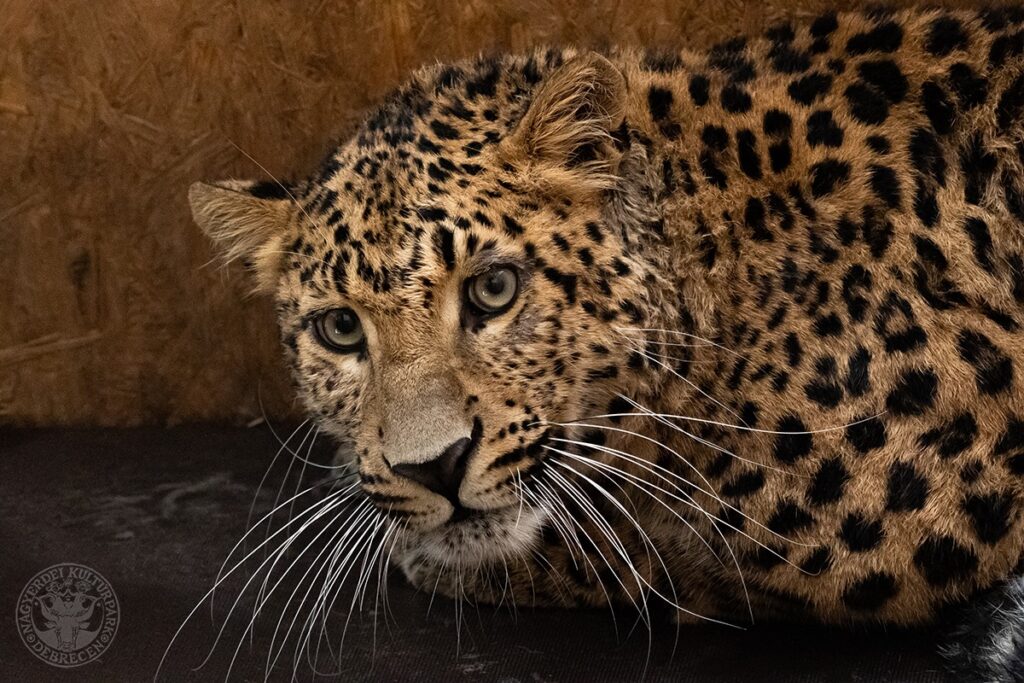
The other new zoo resident, the birth of a female reticulated giraffe follows successful births of two males, in November 2017 and again in February 2019, thus expanding on Hungary’s only reticulated giraffe family. On June 21st, which happens to be World Giraffe Day, our two male calves got a little sister, as 11-year-old Emma gave birth to a healthy female. Hardly to be considered little with her birth height of well over 170 cm, she was named Zahara, a name of Swahili origin that translates to “shining” or “flower.”
With her arrival, the European population of reticulated giraffes, managed under a European Endangered Species Program (EAZA EEP), is now 153 strong.
Similarly to her two older brothers, Zahara is being hand-raised by keepers who are now seasoned foster parents, thanks to the past couple years’ experience of caring for Jabari and Daahir. Our littlest giant is now exhibited in the Giraffe House.
Exhibited only here in Hungary, reticulated giraffes (Giraffa camelopardalis reticulata) are now one of the rarest giraffe subspecies, found only in Somalia, Ethiopia and Kenya due to human activities such as poaching, habitat destruction, and transformation and military conflicts. As a result, they are listed as Endangered in the International Union for the Conservation of Nature’s (IUCN) Red List of Threatened Species.
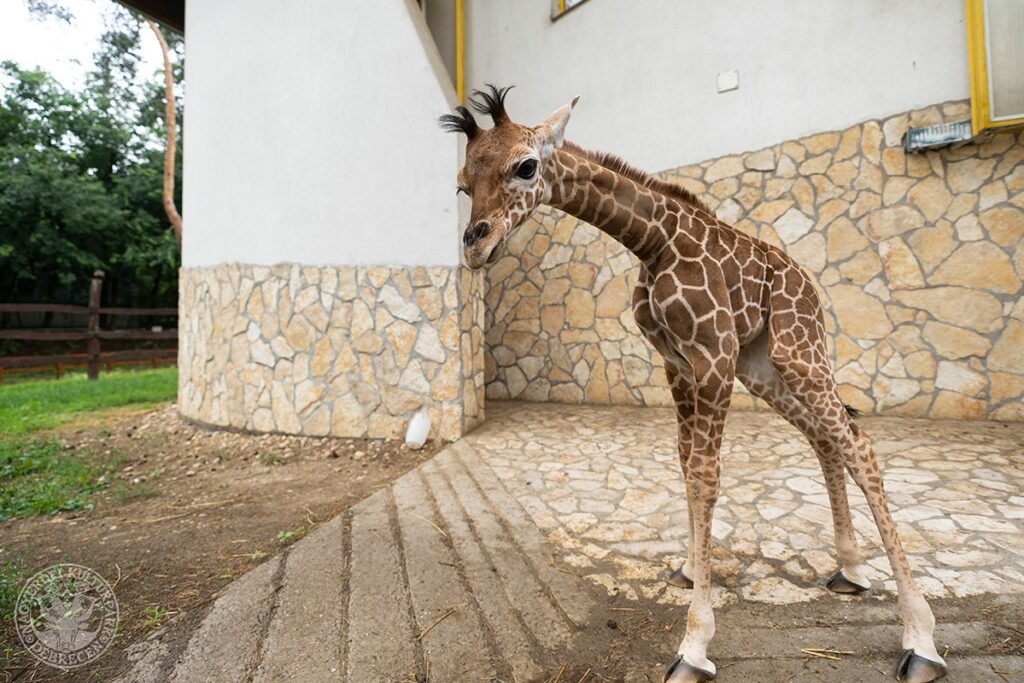
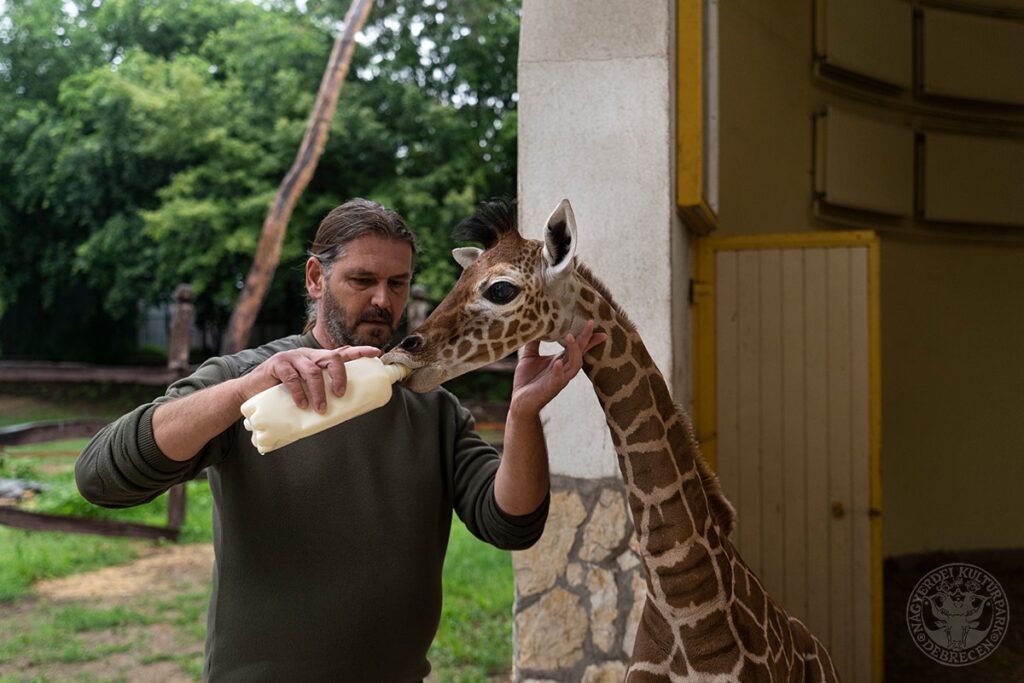
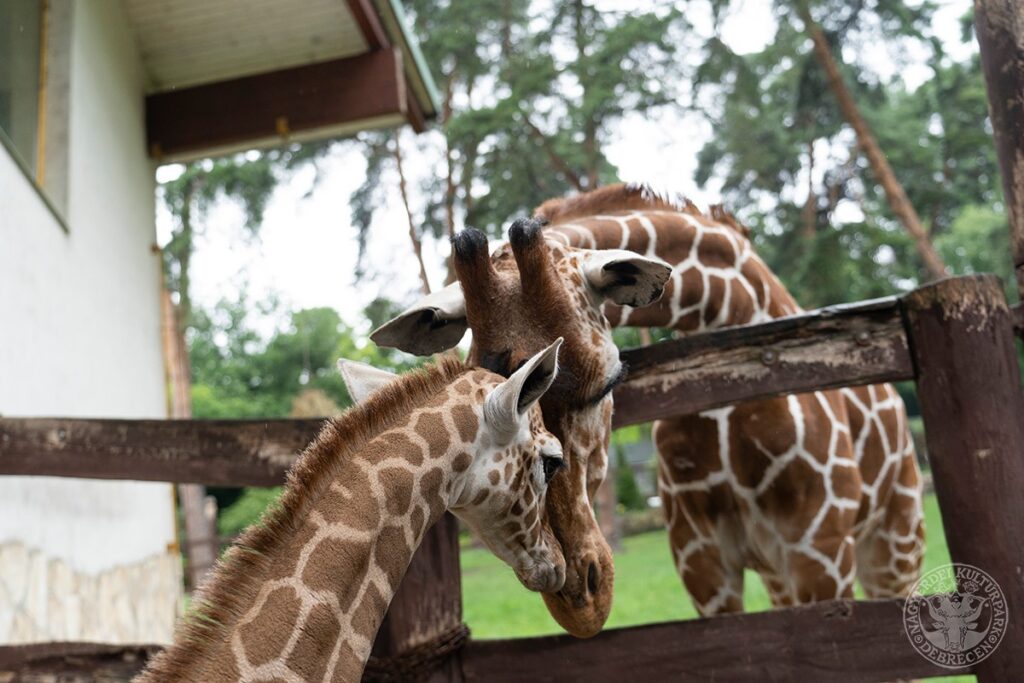
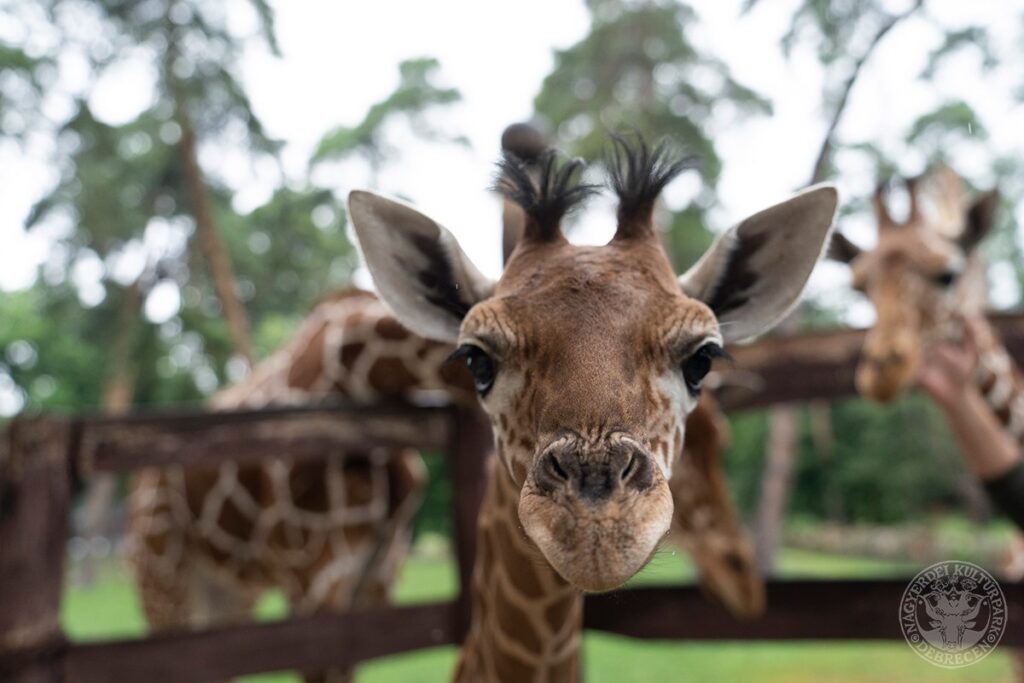
Meet “Zahara”, the reticulated giraffe